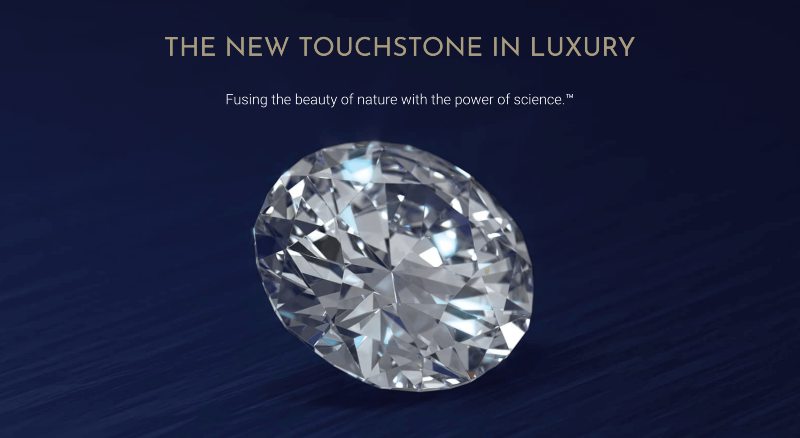This advances the luxury conglomerate’s Life360, their most extensive sustainability plan yet.
Along with Ragnar Crossover Fund and More Investments, luxury conglomerate LVMH is backing lab-grown diamond company Lusix through a $90 million investment.
According to Lusix, it will use the funds to build more solar-powered production facilities to meet the growing demand for synthetic diamonds.
RELATED READ: Jewelry Trends: With Younger Generations Buying Diamonds, Many Are Willing To Pay More For Sustainability
“We are thrilled and proud to welcome such high-profile investors, most notably LVMH Luxury Ventures, bringing their financial support and valuable industry insights,” Lusix founder and chairman Benny Landa said.
“Their help will contribute greatly to our company’s success while the implications of this investment, both for Lusix and for the lab-grown diamond segment, are profound—and so exciting!”
Mined vs manufactured
In 1954, the first “proven synthetic” diamonds were successfully created. Generally, lab-grown diamonds cost 30 to 40 percent less than natural diamonds. In the eyes of luxury consumers, however, diamonds manufactured in labs won’t match the real thing.
After all, even when the US Federal Trade Commission recognized “a mineral consisting essentially of pure carbon crystallized in the isometric system” as a “diamond,” whether genuine or artificial, the Natural Diamond Council combatted the statement.
According to Forbes, the US Diamond Council declared that real stones are “crafted by nature over millions of years, natural diamonds are inherently valuable, rare and precious,” discrediting manufactured diamonds.
In a 2015 study titled “Psychology of Luxury Goods Consumer,” by Razvan Zaharia and Rodica Milena Zaharia, luxury products are related to the need for affiliation, recognition, and appreciation.

With the world’s largest luxury company (that owns jewelers Bulgari, Cartier, and Tiffany, among others) setting their eyes on synthetic diamonds, that may give consumers the approval they need to shift away from natural stones. After all, it makes a case for sustainability and ethics.
Advancing plans
More often than not, natural diamonds are mined in unsafe conditions or conflict zones. “Blood Diamond” was a term the United Nations gave in 1990 for stones traded in African countries that fund civil wars and rebel groups.
LVMH announced Life360, their most extensive sustainability plan yet, in May 2021. It’s a holistic project from utilizing waste from its champagne business (Moet and Dom Perignon) to replacing harmful substances from its fashion supply chain (Louis Vuitton, Fendi, Dior).
Last May, LVMH’s competitor conglomerate Kering backed lab-grown leather start-up VitroLabs with $46 million in funding.
Banner photo from @tiffanyandco on Instagram.





